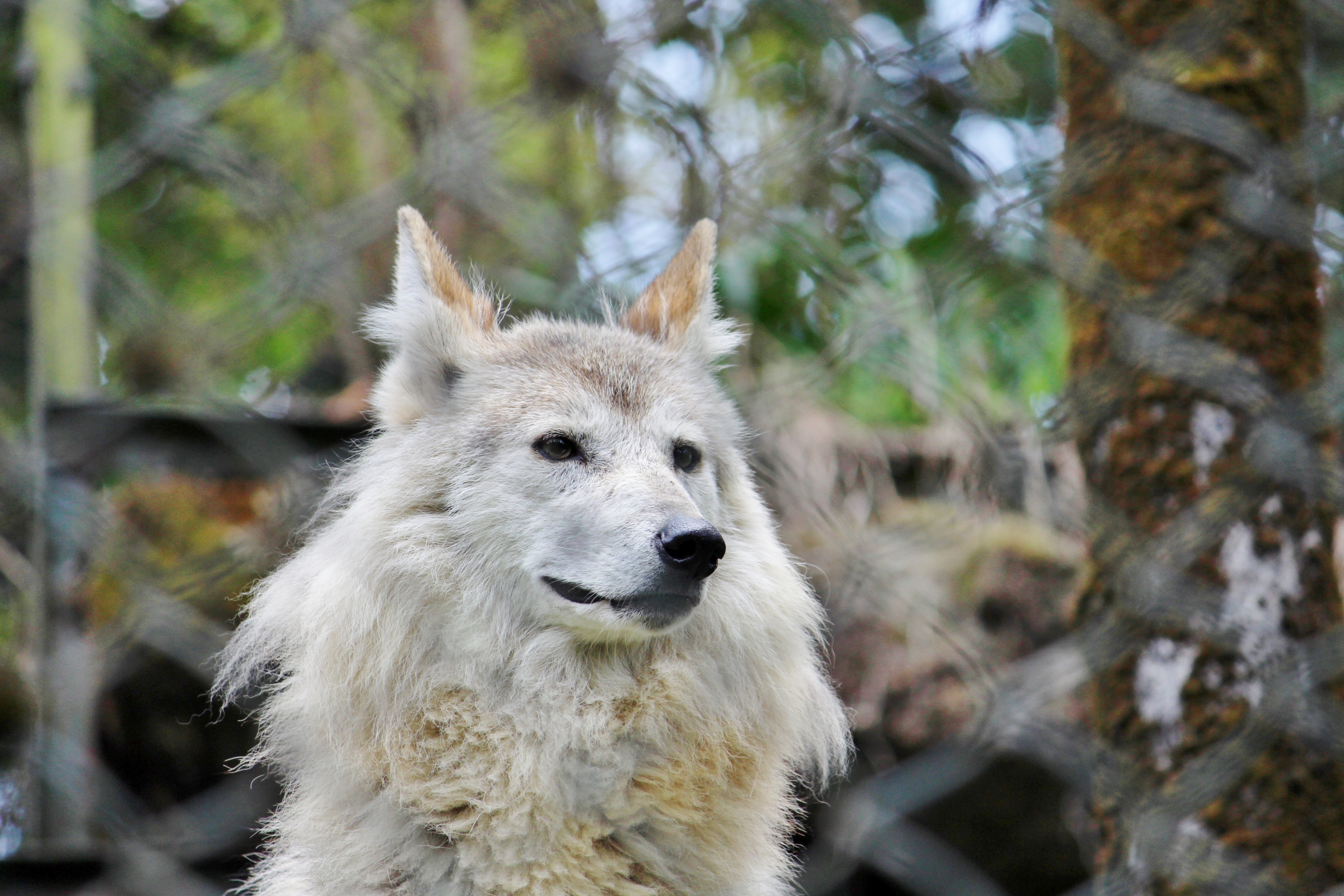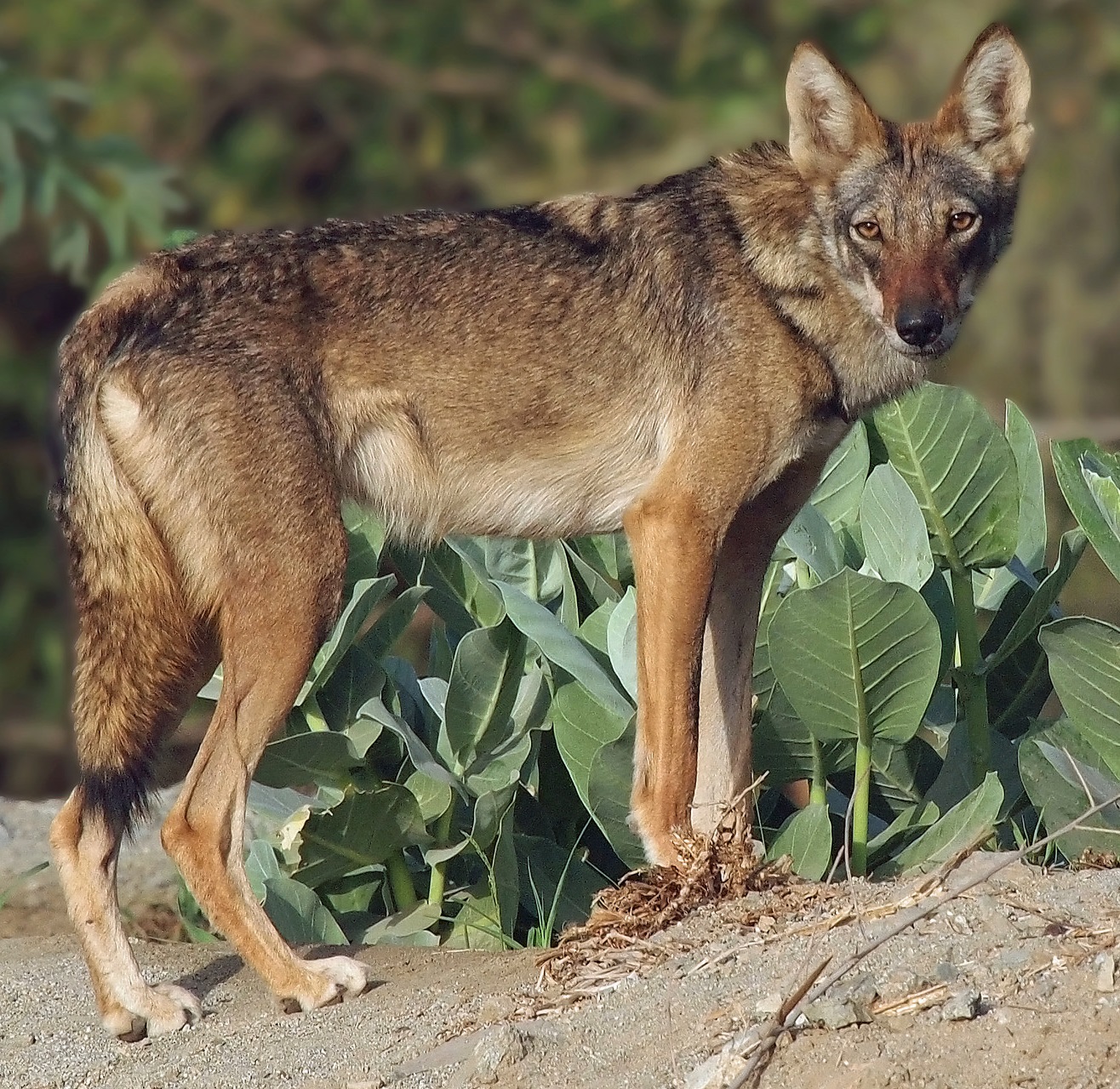Wolves have long captured the human imagination, often portrayed as mysterious and powerful creatures of the wild. These majestic animals roam various parts of the world, each species unique in its size and habitat. Among wolf species, some stand out for their sheer size and intimidating features. Lets explore the ten largest wolves on the planet and where you can find them, providing a glimpse into the world of these remarkable creatures. Whether you are a wildlife enthusiast or simply curious about these enigmatic predators, this guide will offer fascinating insights into the lives of wolves.
1. Gray Wolf: The King of the Wilderness

The Gray Wolf, also known as Canis lupus, is the largest member of the canine family and can be found across the Northern Hemisphere. With males weighing between 70 to 145 pounds, these formidable predators are known for their strength and intelligence. Their thick fur, which varies in color from gray to black, provides insulation in the cold climates they inhabit.
Gray Wolves are highly social animals, living in packs led by an alpha pair. Their territories can span hundreds of miles, often overlapping with human settlements. Despite their reputation, Gray Wolves are shy and avoid contact with people, preferring the solitude of the wilderness. These wolves play a crucial role in maintaining ecological balance, controlling populations of prey species such as deer and elk.
2. Arctic Wolf: The White Ghost of the Arctic

The Arctic Wolf, a subspecies of the Gray Wolf, thrives in the harsh conditions of the Arctic regions of North America and Greenland. These wolves have adapted to the frigid environment with their shorter ears and snouts, which help minimize heat loss. Weighing between 70 to 125 pounds, they are smaller than their Gray Wolf cousins but no less impressive.
Arctic Wolves have a striking white coat that camouflages them against the snowy landscape. Their diet primarily consists of Arctic hares, muskoxen, and caribou. Due to their remote habitat, Arctic Wolves have minimal contact with humans, allowing them to live largely undisturbed. However, climate change poses a significant threat to their survival, as melting ice and changing prey patterns disrupt their way of life.
3. Northwestern Wolf: The Giant of the Pacific Northwest
Also known as the Mackenzie Valley Wolf, the Northwestern Wolf is among the largest wolf subspecies, with males weighing up to 175 pounds. These wolves inhabit the forests and mountain ranges of Alaska, western Canada, and the northwestern United States. Their robust build and powerful jaws make them adept hunters, capable of taking down large prey such as moose and bison.
Northwestern Wolves are social creatures, living in packs that can number over a dozen individuals. They communicate through vocalizations, body language, and scent marking, ensuring the cohesion of the pack. Human expansion and habitat encroachment pose challenges to their survival, but conservation efforts have helped stabilize their populations in certain areas.
4. Eurasian Wolf: The Nomad of Europe and Asia
The Eurasian Wolf, also known as Canis lupus lupus, is widespread across Europe and Asia, adapting to diverse environments from forests to steppes. These wolves can weigh up to 130 pounds and exhibit a variety of coat colors, including gray, brown, and reddish hues. Their adaptability and resilience have allowed them to survive in regions where other predators have vanished.
Eurasian Wolves are opportunistic feeders, preying on animals such as wild boar, deer, and smaller mammals. They are known for their remarkable stamina, capable of covering long distances in search of food. Human-wildlife conflicts remain a concern, as wolves sometimes prey on livestock, leading to tensions with local communities. Efforts to promote coexistence and protect their habitats are crucial for their future.
5. Indian Wolf: The Survivor of the Subcontinent
The Indian Wolf, a smaller subspecies of the Gray Wolf, inhabits the grasslands and scrublands of the Indian subcontinent. Weighing between 40 to 60 pounds, these wolves are lean and agile, adapted to the arid environment. Their short fur is typically a mix of gray and brown, blending seamlessly with the dry landscapes they call home.
Indian Wolves are social animals, often forming small packs that hunt cooperatively. Their diet includes rodents, birds, and occasionally livestock, leading to conflicts with local farmers. Despite these challenges, Indian Wolves have shown remarkable resilience, surviving in a landscape that is constantly changing. Conservation efforts and increased awareness are vital to ensuring the survival of this unique subspecies.
6. Tibetan Wolf: The Highland Hunter

The Tibetan Wolf, also known as the Himalayan Wolf, is found in the high-altitude regions of the Tibetan Plateau and the Himalayas. These wolves are well-adapted to the thin air and cold temperatures, with a thick coat and a robust build. Weighing around 90 to 110 pounds, Tibetan Wolves are skilled hunters, preying on blue sheep, yaks, and other mountain-dwelling animals.
Tibetan Wolves are solitary by nature, often hunting alone or in pairs. Their elusive behavior and remote habitat make them difficult to study, adding to the mystery surrounding their lives. Human activities, such as livestock grazing and infrastructure development, pose threats to their habitat. Conservation efforts focused on protecting their environment are essential for their continued survival.
7. Arabian Wolf: The Desert Wanderer

The Arabian Wolf, a small subspecies of the Gray Wolf, roams the deserts and rocky terrain of the Arabian Peninsula. Weighing between 40 to 55 pounds, these wolves are adapted to the harsh desert climate, with a thin coat and large ears that help dissipate heat. Their sandy-colored fur provides excellent camouflage against the arid landscape.
Arabian Wolves are opportunistic feeders, consuming a diet of small mammals, birds, and carrion. They are known for their resourcefulness, able to survive in an environment with limited water and food sources. Human-wildlife conflicts, particularly with livestock farmers, pose significant challenges to their survival. Conservation initiatives aimed at fostering coexistence and protecting their habitats are crucial for their future.
8. Red Wolf: The Endangered Predator of the Southeast

The Red Wolf, a critically endangered species, once roamed the southeastern United States in significant numbers. Today, their population is restricted to a small area in North Carolina. Weighing between 45 to 80 pounds, Red Wolves are smaller than Gray Wolves but have a distinctive reddish-brown coat that sets them apart.
Red Wolves are social animals, forming packs that hunt cooperatively. Their diet includes deer, raccoons, and small mammals. Habitat loss and hybridization with coyotes have contributed to their decline, making conservation efforts vital for their survival. Captive breeding programs and habitat restoration initiatives are underway to help revive the Red Wolf population.
9. Ethiopian Wolf: The Endemic Canid of the Highlands

The Ethiopian Wolf, found exclusively in the highlands of Ethiopia, is the rarest and most endangered canid in the world. Weighing around 25 to 42 pounds, these wolves are slender and elegant, with a reddish coat and distinctive white markings. Their specialized diet consists mainly of rodents, which they hunt with precision.
Ethiopian Wolves are social creatures, living in small packs that cooperate in raising young and defending territories. Human encroachment and diseases transmitted by domestic dogs pose significant threats to their survival. Conservation efforts focused on habitat protection and disease management are essential to ensuring the future of this unique species.
10. Mexican Wolf: The Rare Hunter of the Southwest

The Mexican Wolf, a subspecies of the Gray Wolf, once roamed the southwestern United States and northern Mexico. Today, their population is critically endangered, with reintroduction efforts underway in select areas. Weighing between 50 to 90 pounds, Mexican Wolves are smaller than their northern counterparts but no less impressive.
Mexican Wolves have a distinctive coat pattern, with a mix of gray, black, and brown hues. They are social animals, forming packs that hunt cooperatively for prey such as deer and elk. Human activities, including habitat destruction and illegal hunting, have severely impacted their population. Conservation initiatives, including captive breeding and reintroduction programs, are crucial for their recovery.
The world of wolves is as diverse as it is fascinating, with each species and subspecies adapting to its unique environment. From the icy tundras of the Arctic to the arid deserts of Arabia, these magnificent creatures continue to inspire awe and wonder. Understanding their importance in ecosystems and the challenges they face is essential for their conservation. By fostering coexistence and protecting their habitats, we can ensure that future generations will continue to marvel at the beauty and power of wolves.
Jen is a passionate nature lover and ocean conservationist. She has dedicated her life to protecting the environment and preserving the beauty of the natural world. Growing up in a small coastal town, Jen sincerely appreciated the ocean and its inhabitants. She has spent countless hours exploring the shoreline, learning about the creatures that inhabit the waters, and advocating for their protection. Jen is an active member of ocean conservation organizations, and she is committed to educating the public about the importance of conserving wildlife and the natural environment.






